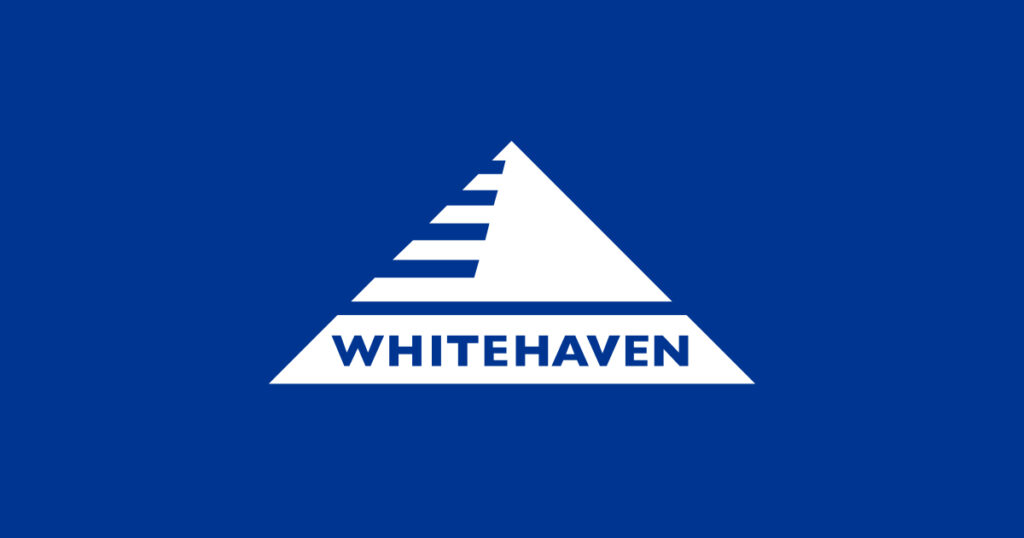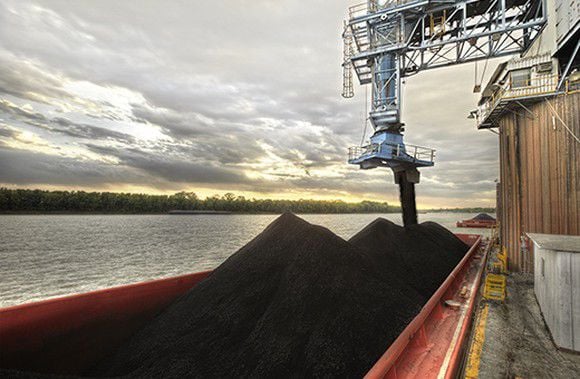Diversified mining and renewable energy group Exxaro Resources says seaborne thermal coal prices have remained under pressure for most of the year, owing to weak demand in Europe and Northeast Asia. Both thermal coal and gas prices have declined significantly as Europe remained well stocked with both commodities. Stronger renewables availability has further reduced the need for gas and thermal coal in the European energy mix.
As of November 29, the Israel-Hamas war and uncertainty over the northern hemisphere winter were key drivers for energy markets and pricing, and a risk to natural gas. Exxaro FD Riaan Koppeschaar says in a pre-close message to stakeholders that, in respect of Exxaro’s key commodities, the API4 coal export price index is expected to average $122/t, while the iron-ore fines price is likely to average $119/t. The group expects its total coal production to remain flat and sales volumes to decrease by 2% in the next reporting period.
Koppeschaar advises of the company’s expectation that capital allocation in the coal business will be 57% higher in the 2023 financial year, compared with 2022, mainly owing to higher spend at the Grootegeluk and Belfast operations. Exxaro has R13-billion of net cash, excluding the Cennergi business’ net debt of R4.1-billion. The company will provide a detailed account of its business performance for the 2023 financial year, as well as an outlook on the first half of the 2024 financial year, on or about March 14.
In the meantime, Exxaro says despite the uncertainty regarding the severity of Europe’s winter and potential risks around natural gas availability and prices, continued strong Chinese thermal coal imports are anticipated to remain supportive of prices.
Winter restocking in Europe is expected to drive prices higher than current levels in the first quarter of next year. This is likely to be supported by increased economic growth in China and India. Europe’s drive for decarbonisation and an increase in renewables will continue, further dampening coal demand in the long term, including a decrease in power demand to pre-Covid-19 levels. The risk of further gas cuts from Russia remains, albeit efficiently managed through buffer storage. Ample supply from Australia and Indonesia owing to strong production as a result of dry weather is expected to keep prices steady on the seaborne market.
Rising iron-ore supply and exports will be a limiting factor for iron-ore prices during the first half of 2024. Supply increases from major miners are expected, with a relatively flat Chinese demand. A stronger-for-longer pricing environment is expected to prevail, supported by higher marginal cost levels. A positive outlook on Eskom’s availability factor presents some upside on the supply of power station coal in 2024.
Export pricing will continue to strongly influence the economics of the road trucking of coal to alternative export channels and subsequently drive demand for export product in the domestic market in 2024, Exxaro adds.









